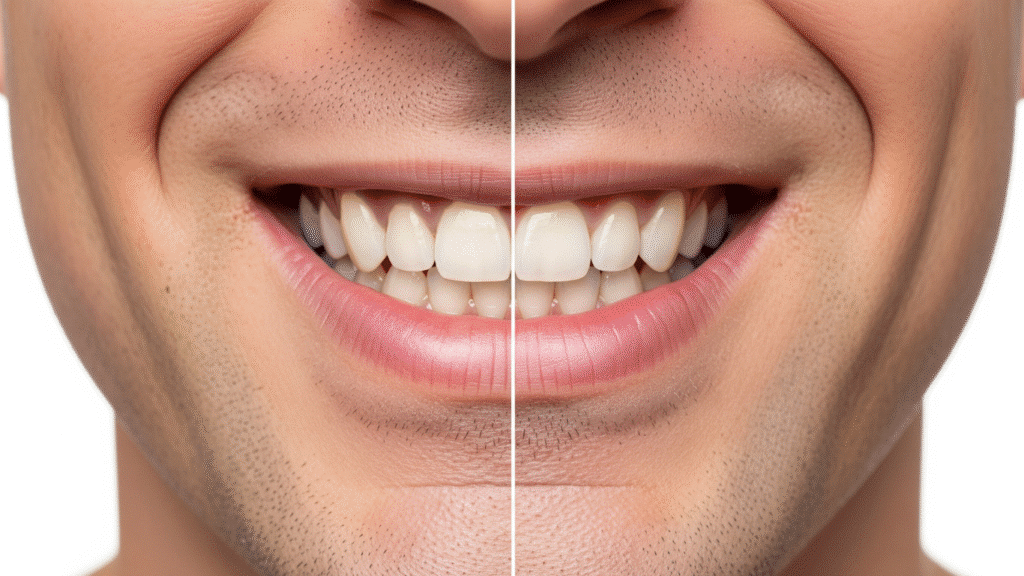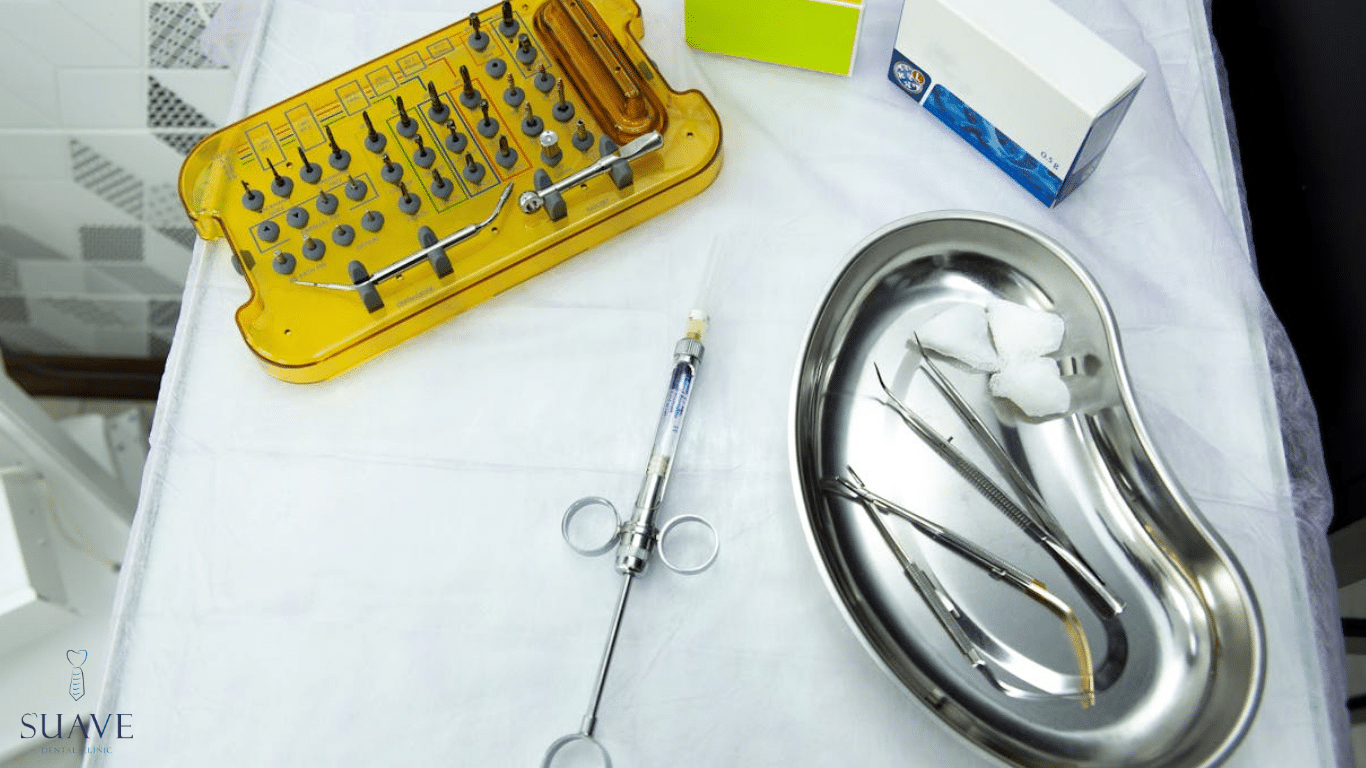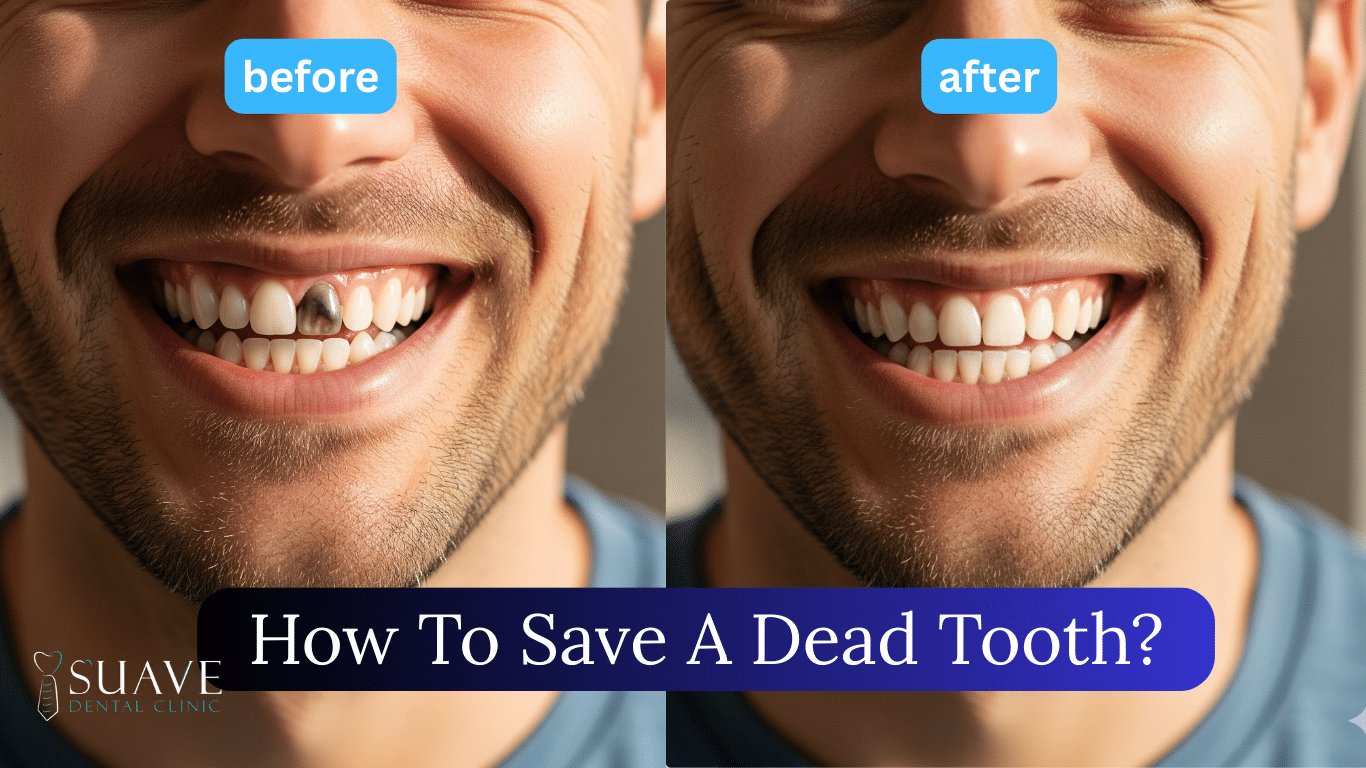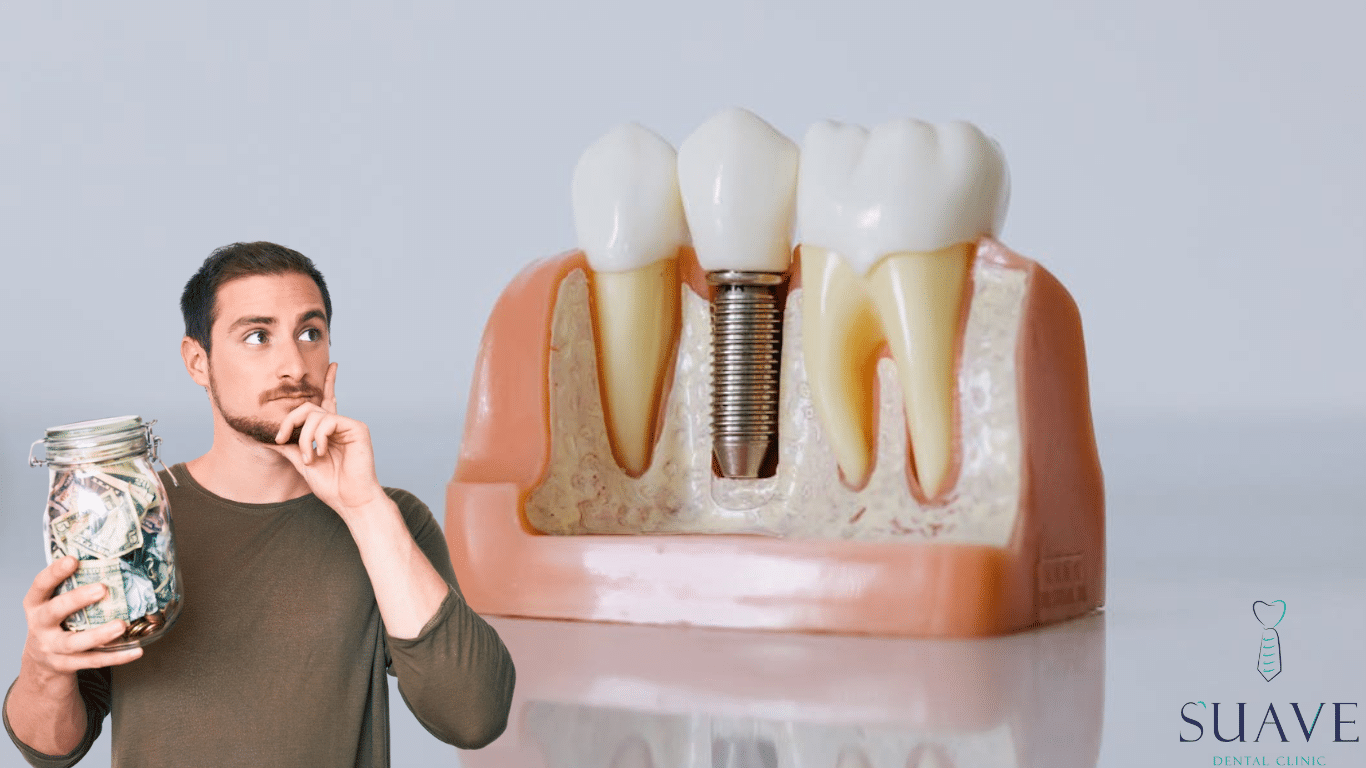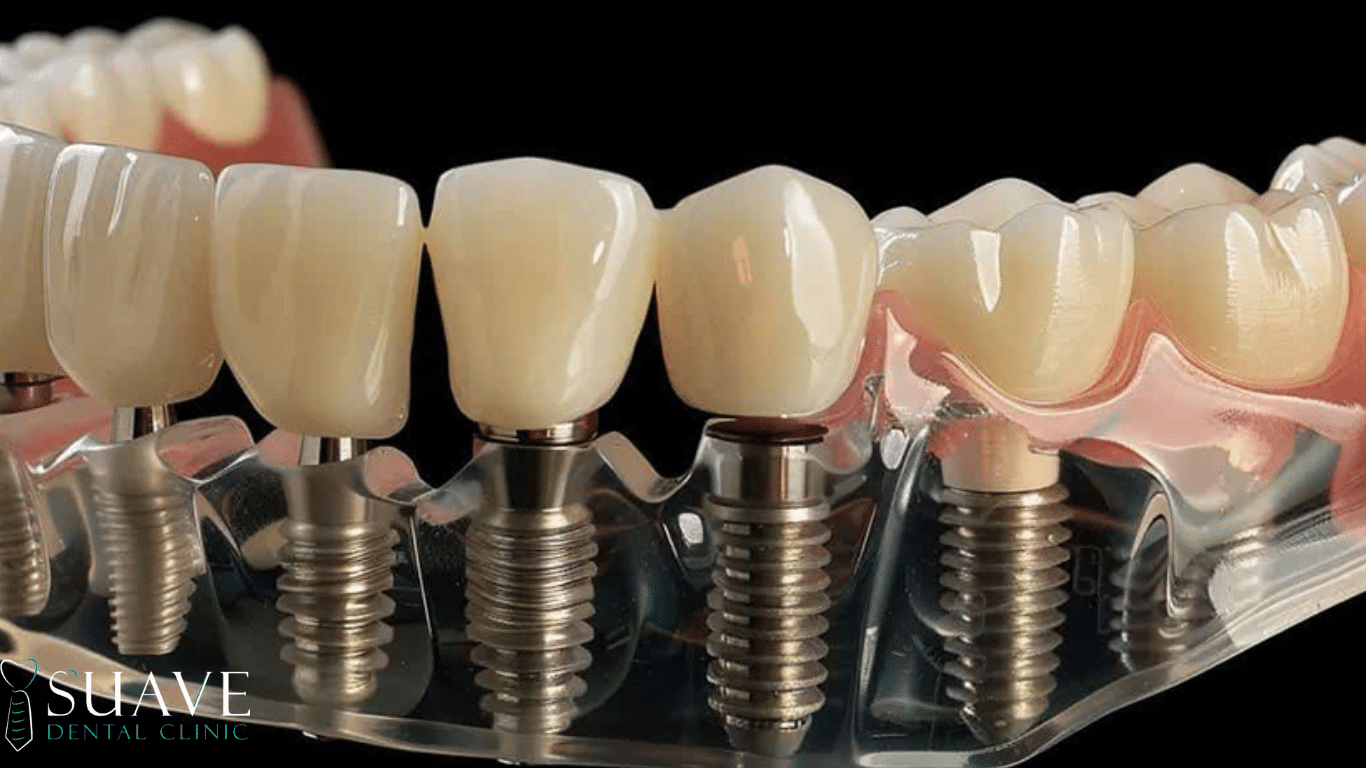Do you suffer from dark gum pigmentation while smiling and talking? If so, you must be searching for solutions to that problem and have read about gingival bleaching or gum depigmentation. You are in the right place, where we will answer all of your questions.
A bright, healthy smile is often the key to a confident appearance, which is a significant factor.
If you’ve ever wondered how to get those pink, perfect gums, gum Bleaching is the solution to restore your gums to be bright and healthy. In that article, we will nourish your knowledge about it.
What Is Gum Bleaching?
Gum bleaching, also known as gingival bleaching or gum depigmentation, is a cosmetic dentistry procedure designed to lighten dark or discolored gums by reducing excess melanin.
This process helps people achieve a more uniform, pinkish gum color by removing or lightening excess melanin pigmentation in the gum tissue.

What Colors Are Unhealthy Gums?
Healthy gingival color varies according to skin tone.
The unhealthy gum may appear dark or red, it could be swollen or bleeding too.
We should differentiate between unhealthy gum due to gum disease and normal physiological causes, like an excess of melanin.
What Causes Dark Gums
There are many causes of dark gums:
- Melanin hyperpigmentation: the most common cause for dark gums happens when the person’s body over-produces more melanin (a substance responsible for the color of skin, hair, and eyes) than normal, which can cause dark spots or patches, or even the whole gum could be affected.
- Smoking: Tobacco is a significant cause of gum pigmentation. Heavy smokers are more susceptible to dark gums. That condition is called Smoker’s Melanosis. Nicotine makes the melanocytes, which are the cells that are responsible for melanin production, produce more melanin.
- Medications: Some medications can cause hyperpigmentation of your oral tissues, including your gums. For example, the Minocycline antibiotic is used to treat acne.
- Genetics: the dark gum pigmentations could be inherited, too.
- Diseases: some diseases could be one of their manifestations, such as gum discoloration. For example, Addison’s disease is an autoimmune disease that occurs when the body attacks the adrenal gland, causing it to not produce enough hormones. People with Addison’s disease may exhibit hyperpigmentation in the form of dark patches on their gums.
- Acute necrotizing ulcerative gingivitis: it is a gum infection commonly known as trench mouth, where sometimes black or gray tissues are found on the gums due to the dead tissue building up over the gum, besides other manifestations like bad odor of the mouth, fever, ulcers, and bleeding gums.
- Amalgam tattoo: The amalgam is a filling material whose particles may cause a blue, gray, or black patch on your gingiva or inner cheeks, which is not dangerous.
It is important to see an expert periodontist to evaluate the cause and the appropriate treatment. And to exclude serious life-threatening diseases like oral cancer or malignant melanoma.
Who Is A Good Candidate For Gum Bleaching?
The perfect candidate for gum bleaching is a patient with:
- Healthy gums that suffer from dark pigmentation with no active disease.
- Dark or patchy gums and a desire to improve gum aesthetics due to melanin pigmentation.
- Anyone who wants Good oral hygiene and a commitment to follow‑up care
Gingival Depigmentation is an elective procedure and is chosen mainly for cosmetic concerns.
If you have any systemic or gum disease with gingival inflammation manifestations, you should treat that disease first before going through any cosmetic procedure.
Some people who experience white gum after bleaching teeth think that they may need a gum depigmentation procedure; on the contrary, the gum heals spontaneously within 2-3 days. So you need to visit your clinic to let your periodontist evaluate your case before proceeding with any procedure like gum bleaching.
Gum Bleaching Procedure:
It is a quick and non-invasive procedure, and most cases expect a quick, smooth healing
There are some steps to complete a healthy gum depigmentation procedure
- Consultation: In that step, our expert dentists in Suave Clinic will evaluate your gum health and condition, and give you the treatment options regarding your expectations.
- Preparations: Anesthesia is administered to numb the area to feel comfortable during the procedure.
- Treatment procedure: There are several gingival pigmentation techniques
- Laser treatment: an expert uses a dental laser to target the melanin-producing cells in the gingiva (melanocytes), so producing less dark pigmentation, and the gums become more naturally pink permanently.
- Mechanical technique: the traditional way, where dentists use microdermabrasion to scrape away the pigmented tissues to reveal the healthy gum. This procedure may take an hour to get the best results.
- Chemical agents: Apply depigmenting agents to lighten tissue.
Usually, all types of treatment procedures take 30–60 minutes and are completed in a single visit.
Gum Bleaching Aftercare:
You may experience some sensitivity, but don’t worry, the gums will heal quickly and properly if you follow the following postoperative instructions:
- Continue brushing your teeth twice a day with a soft brush.
- Avoid alcohol-based mouthwashes to prevent irritation.
- Avoid acids, Alcohol, caffeinated beverages, and smoking for at least 3 day.s
- Stick to a soft diet for the first few days, such as yogurt, mashed potatoes, soft vegetables, and fruits.
- Avoid spicy, hot, acidic food.
- If you feel some pain or discomfort, OTC painkillers can help manage the symptoms. If the pain persists, you should consult your dentist as soon as possible.
Is Gum Bleaching And Depigmentation Safe?
Yes, when performed by a qualified dentist. That’s why at Suave Clinic, we care to offer the best depigmentation agents of the gingiva with the hands of skilled professional dentists and the right care, the side effects are rare, and the results are satisfying and long-lasting.
What Are The Side Effects Of Bleaching Your Gums?
Side effects are usually minimal because gum whitening is a superficial procedure. The gingiva heals in about 2 weeks.
- Temporary Sensitivity: After the procedure, you might experience sensitivity to hot and cold and discomfort in your gums, but it should subside after a few days.
- Swelling or Irritation: Some mild swelling, redness, or irritation might occur, but this is typically for a short time (24-48 post-operative)
- Color Variation: It may take a few weeks for your gums to fully settle into their new shade of pink.
- Light bleeding during or after treatment
There are some complications if the postoperative care is neglected:
- Gum recession due to excessive tissue removal
- Hypo- and hyperpigmented areas
- Risk of infection
What Is the Gum Bleaching Cost?
It varies depending on many factors like the clinic, the location, and the technique used.
In general, the cost of gum depigmentation ranges from 500$ to 2000$ around the world, while in Turkey it usually costs between $150 and $500.
How Can I Bleach My Gums Naturally?
If you’re looking for natural alternatives, here are some home remedies that may help:
- Swabbing around your mouth with coconut oil may decrease the bacteria so giving you healthy, light gum over time.
- The acidity of lemon juice can help gently exfoliate the gums and may reduce dark pigmentation.
- Brushing your gums with a paste made from baking soda and water might help remove surface stains.
However, these methods often produce reversible and less noticeable results compared to professional treatments, or may cause itching and burning sensations due to acidity.
If you seek permanent pink gum, you should consider professional treatments like laser therapy and mechanical peels at Suave Dental Clinic for long-lasting effects.
- Nafisi, S., & Maibach, H. (2017). Nanotechnology in cosmetics. In Elsevier eBooks (pp. 337–369). https://doi.org/10.1016/b978-0-12-802005-0.00022-7
- Joshi, V., Patil, K., Waghmode, V., & Kanakdande, V. (2015). Gingival depigmentation: A split-mouth comparative study between scalpel and cryosurgery. Contemporary Clinical Dentistry, 6(5), 97. https://doi.org/10.4103/0976-237x.152964
- Alasmari, D. S. (2018, October 1). An insight into gingival depigmentation techniques: The pros and cons. https://pmc.ncbi.nlm.nih.gov/articles/PMC6124824/
